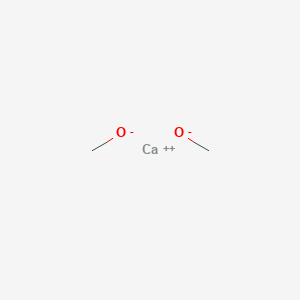Release date: 2016-11-04 Â In patients after stroke, lower urinary tract symptoms are extremely common, including nocturia, urgency, and frequent urination during the day. This has a great impact on the quality of life of patients, such as embarrassment, helplessness, isolation, affecting sleep, and reduced satisfaction with life. For such patients, pelvic floor muscle training is an effective, economical, and no adverse reaction treatment. To assess the impact of pelvic floor muscle training on quality of life in patients with lower urinary tract symptoms after stroke, Tibaek et al., Department of Occupational Therapy and Physical Therapy, Rigshospitale University Hospital, Denmark, designed the study and published the results in Eur J Phys Rehabil Med online journal in March 2016. This study was a randomized controlled, single-blind study. The subjects enrolled in the study were patients who were treated in a university hospital outpatient clinic. The study included 31 males with a median age of 68 years, all of whom had lower urinary tract symptoms after stroke, and 30 of them completed the study. The investigators randomized the subjects into two groups. The Sohu messenger in the treatment group received a 3-month systematic pelvic floor muscle training (once a week for 12 weeks, 1 hour each treatment). The treatment topics included theory. Education, family training, group training and digital palpation of pelvic floor muscles. Subjects in the control group did not receive treatment for lower urinary tract symptoms. The investigators used the SF-36 and the nocturnal quality of life questionnaire to assess the effects of treatment. The evaluation results of the treatment group and the control group before and after treatment were compared, and the SF-36 showed that the emotional and physical and mental vitality of the subjects in the treatment group were significantly improved, but this result was not observed in the control group. However, there was no statistically significant difference between the two groups after treatment and at 6 months of follow-up. The results of the Nighttime Quality of Life Questionnaire showed that the level of annoyance was significantly improved in both groups before and after treatment, but the sleep/energy score of the control group was improved, but there was no improvement in sleep/energy in the treatment group. There were no statistically significant differences between the two groups. In stroke patients with mild to moderate urinary tract symptoms, pelvic floor muscle training may improve their emotional health and physical and mental vitality, but there is no significant difference between this degree of improvement and controls. Pelvic floor muscle training does not improve the night life quality of these patients. The clinical value of this study was to first assess the impact of pelvic floor muscle training on quality of life in patients with mild to moderate urinary tract symptoms. The results of the study suggest that pelvic floor muscle training has a short-term effect on SF-36, but it does not improve the patient's nighttime quality of life. However, there is a need to expand the sample size for further research to validate the results. Source: Lilac Garden Calcium Methoxide CAS No.2556-53-8 Calcium Methoxide Basic Information
EPA Substance Registry System Methanol, calcium salt(2556-53-8)
Calcium Methoxide,Calcium Methoxide Solubility,Calcium Ethanoate Synthesis,Calcium Ethoxide Solubility,Calcium Ethoxide Synthesis Shandong YingLang Chemical Co.,Ltd , https://www.sdylhgtrade.com
CAS: 2556-53-8
MF: C2H6CaO2
MW: 102.15
EINECS: 219-873-6
Mol File: 2556-53-8.mol
Calcium Methoxide Chemical Properties
Melting point >385 °C(lit.)
form Powder
color off-white
Sensitive moisture sensitive
CAS DataBase Reference 2556-53-8(CAS DataBase Reference)
